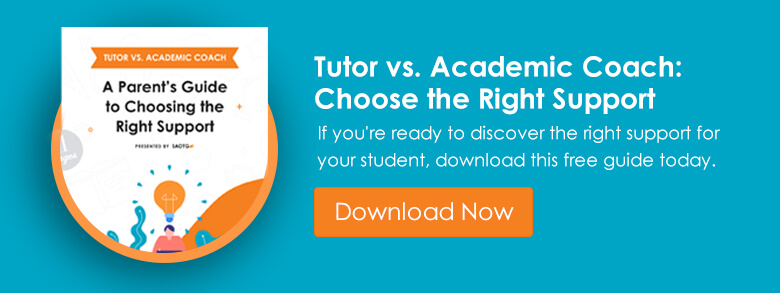The transition between high school and college is laden with trapdoors, many of which have nothing to do with academic prowess. There are three main trapdoors when students transition from high school to college. First, let’s talk about excess. High school students learn how to deal with distractions, freedom, social challenges, and self-advocacy issues, but college ups the ante. Students leave an environment of intense supervision in the classroom and at home to venture into a land where no one is watching. Students go from few choices to hundreds as the problem of excess rears its ugly head.
Secondly, the academic environment students are accustomed to gets flipped on its head. Gone are the days of one class after another with bells to announce the interlude, with lunch, physical activity, and social time built into the routine. Instead, students need to balance their time independently, and learning to say no arguably becomes a more critical skill than note-taking. Students also go from forty hours of classroom time per week to slightly over fifteen hours. That makes a huge difference. Time is one factor, teachers are another. The college professor is a different breed from the helpful high school teacher. Where high school teachers provide near-constant feedback and encouragement, college professors are often aloof and unapproachable. Students go from daily feedback in the form of homework and quiz grades to intermittent glances are their performances with two exams and a paper each semester.
Lastly, if a student falls behind, which is likely given the feedback issue mentioned above, the high school safety nets and self-advocacy pipelines are nowhere to be found. Colleges don’t send academic progress reports home to parents, and rarely does a professor or school official arrange a meeting with a struggling student. Self-advocacy thus becomes a two-part battle: 1) knowing when to ask for help and 2) knowing how to ask for help.
Succeeding in college is hard, but it is not impossible. Millions of students do it every year because they intentionally manage the forgotten aspects of the college transition enumerated above. Although the trapdoors are plentiful, forward-thinking students can stay the course by following these principles.
Fail to Prepare, Prepare to Fail
Students don’t do enough research about their new school. More so, students don’t do enough research on their new city. Think about it. If students only spend twelve to eighteen hours per week in the classroom, where do they spend the 150 or so hours?
Outside of the dorm room and the library, students must make time and make plans for the other factors of adult life. That means planning for haircuts, groceries, places to eat at different price points, pharmacies, transportation, and more. Solving these problems on the fly is stressful. Whether the school is in a college town, a suburb, or a major city, some research beforehand or during the first week is crucial to success.
The Plan is Nothing, but Planning Is Everything
Successful students make time for planning, meaning “Plan the Day” is on the calendar. The art of time management often boils down to momentum and perceived control. It is impossible to control every second of the day, despite what some productivity gurus claim. However, if students don’t make an effort to plan at least some of their time, chaotic days turn into chaotic weeks and so on. On the other hand, students who plan their day every day notice small wins and keep their momentum through the challenges of the college semester.
The practice can be simple. Throw a few items on the calendar around the structure explained in the preceding paragraph. Add some extra study time because midterms are coming up, or schedule time to meet your professor. These daily goals don’t have to be academic, though. Go ahead and schedule time to meet a friend for coffee or play video games in your dorm room. The key is the act of planning. Students who succeed in college are intentional with their time.
Find A Bunker and Use It
Where a student studies is often just as crucial as how or what he or she studies. In high school, students usually have class time to work or scheduled study halls throughout the day in a pristine academic environment void of distractions. College is different. Professors lecture for 98% of the class time, meaning the work put in outside the classroom is vital. The problem is that students, at least initially, don’t put in enough independent work because they are not used to this new academic paradigm. As a rule of thumb, students should spend two hours studying independently for every hour of classroom instruction.
That time needs to go on the calendar, but it needs to have a location attached. There are countless options when choosing a college study location: libraries, dorm rooms, coffee shops, etc. The key is to pick a spot that works well for you. Do you need silence or a bit of background noise? Do you need to be somewhere convenient and close by or far from possible distractions? These are questions best answered before the semester begins. Some introspection and research can yield the perfect study “bunker” for a successful semester.
Looking for Additional Support?
Succeeding as a modern student is about much more than raw intelligence. Executive Functioning skills like organization, time management, study skills, impulse control, impression management, and prioritization separate good students from great students. The good news is that these foundational EF skills can be taught.
Want more academic coaching and tutoring content to help your child thrive in the modern education environment? Head over to our blog page to view nearly one hundred prior posts. Better yet, reach out today to learn about our flagship one-on-one coaching program.





